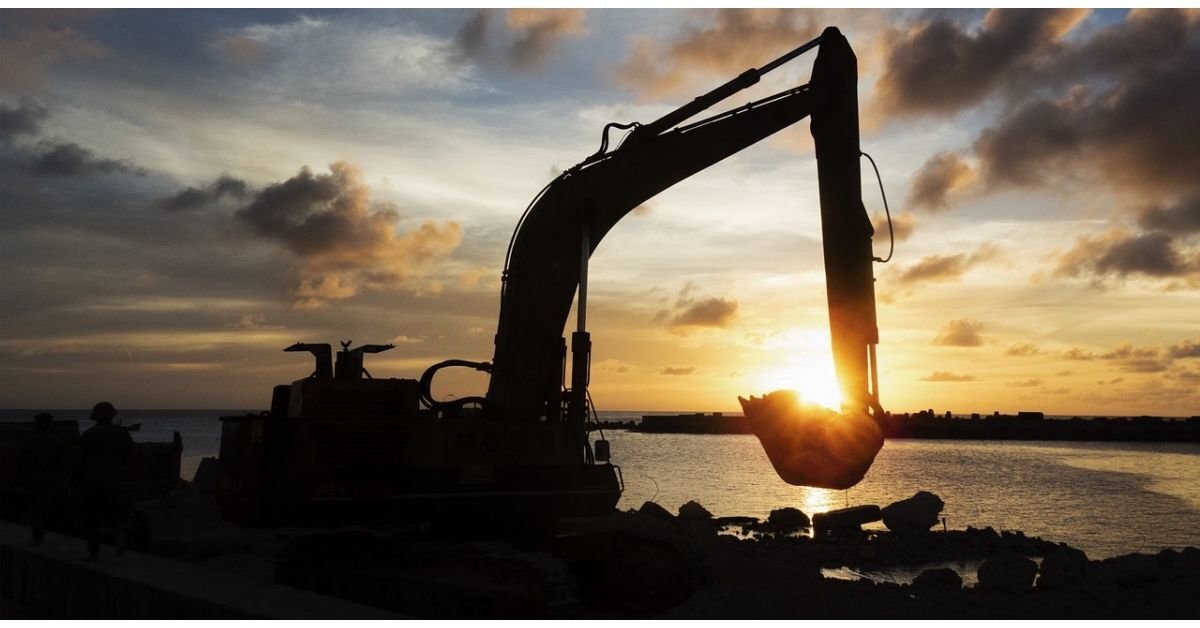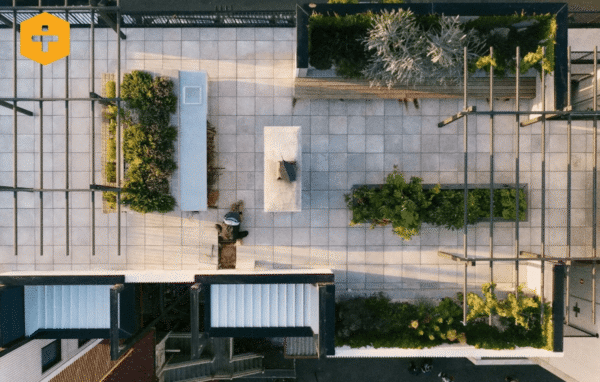A new asset class of property development is gaining momentum in Australia and could help solve the problem of the nation’s housing supply and affordability issues.
Many major investors are pushing to make build-to-rent properties a viable thing for both investors and renters. In this post, we take a deeper look into build-to-rent properties, including a brief overview of the concept, the benefits it could provide and some of the complications that are currently providing a setback to introducing this new asset class.
What Is Build-to-Rent?
Build-to-rent involves property developers building properties, particularly apartment complexes, to hold and rent rather than sell to individual investors.
Rather than mum and dad investors, it is the major developers who would become large-scale landlords, with investors including Lendlease, Mirvac and Stockland already on board. Other investors would include pension funds, insurance funds, private equity firms, superannuation funds, and so forth.
While it’s a fairly new concept in Australia, build-to-rent has a firm footing in the United States, where it is the second largest investment allocation after office property, accounting for some 20 to 25% of institutional property investment.
It is also a growing phenomenon in the United Kingdom.
The Property Council of Australia is firmly behind introducing this new asset class to Australia and has been working with listed groups, accountants, lawyers and major developers to make it a viable option here.
What Build-to-Rent Could Do for the Property Industry
Rather than giving up their assets once they’re built, property developers would maintain ongoing interest in their build-to-rent properties. This increased involvement could result in more centralised building maintenance services on site, along with other benefits for the tenants.
In a big change for the housing industry, build-to-rent properties could provide tenants with longer lease options, giving them more flexibility to redecorate their apartments and have pets, to make their rental apartments a home.
They could also enjoy potentially discounted rents, rent increases in line with inflation, amenity fees included in the rent, and no agent’s fees.
Commercial Property Expert Tim Holtsbaum from Knight Frank says that the benefits for property developers are multifold.
“You do have very stable rental growth over the investment period, [but] you also have the underlying capital growth in the actual apartments themselves, and also the land,” he says.
“So the investors in this space tend to look at it as either a bond investment or an infrastructure investment. Once they’re actually developed and stabilised, then you start to see some of these assets or portfolio assets being traded as tenanted investments between institutional investors.”
Roadblocks to Build-to-Rent Properties
As the market currently stands, build-to-rent properties are still not as viable as selling. Though they are lower risk, they also deliver lower returns.
It doesn’t help that GST is still imposed on such assets, making it a less viable option. Without some Government concessions, it seems unlikely this new asset class will ever truly be able to take off.
There are some government initiatives in Victoria, New South Wales, and Queensland to provide financial assistance, whether it’s through land donations, waved GST or state subsidies.
What’s in Store for Build-to-Rent?
There are already a number of investment groups who are keen to bring build-to-rent properties into the Australian market, including Mirvac, Greystar, Lendlease, Stockland, and more.
Tim Holtsbaum is confident that now the conversation is going, it won’t take long to bring a build-to-rent scheme into effect.
“It took quite a long time for it to get going in the US. It was a faster conversation in the UK, and again it will be a fast conversation here in Australia, given the evolution of what’s happened globally.”
For more information about the state of the housing market in Australia - including current trends in the property development industry, check out some of our other resources on the Development Ready blog today!










